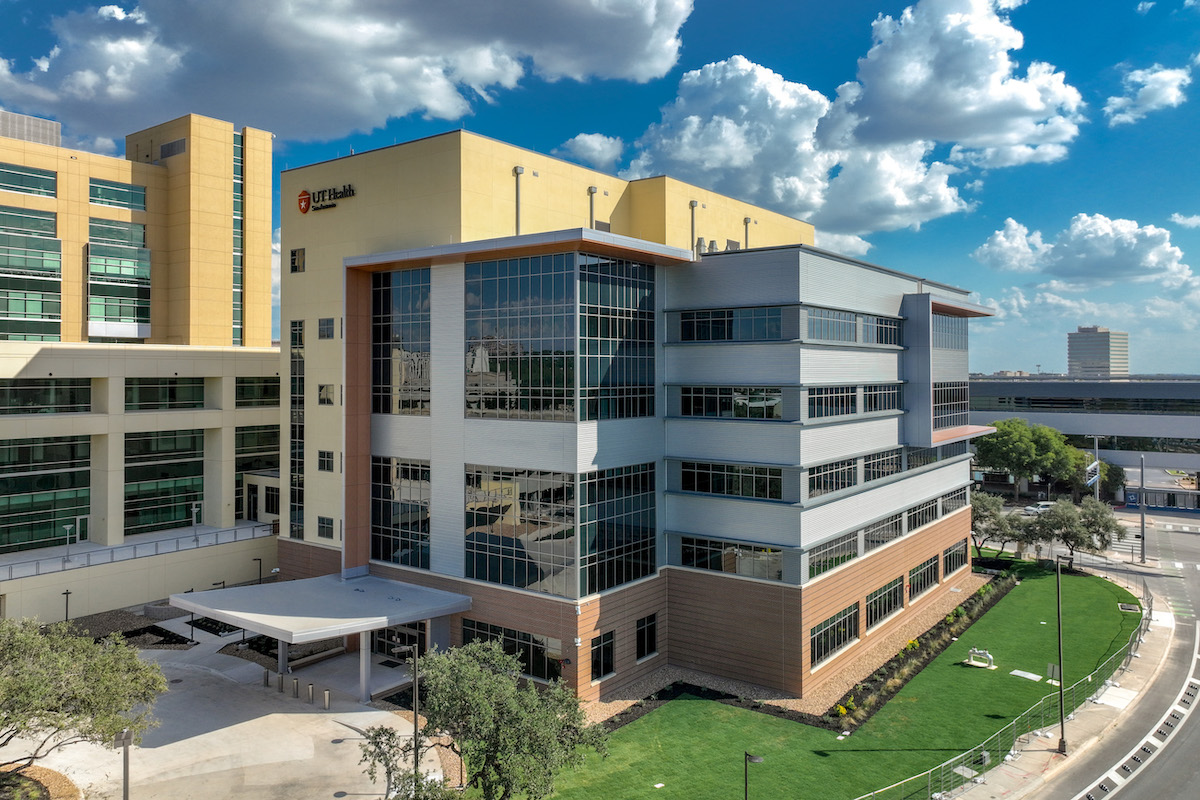As we begin 2021, with the promise of a vaccine rollout to ease the COVID-19 pandemic, many businesses are developing plans to safely return to business as normal. However, many companies may be reluctant to increase technology spending until they better understand what the future looks like. Luckily, there are several opportunities to gain more efficiency, productivity, and value within the parameters of an existing technology budget.
COVID-19 is already causing companies to re-evaluate many of their key business functions. For example, your technology needs have likely changed since the pandemic struck as you have moved from a centralized location to a more decentralized, remote environment. Regardless of what your new normal looks like, you may be able to take advantage of the following strategies to stretch your technology spending to better fit your needs now and moving forward.
Evaluate Cloud Backups
Many organizations are being forced to reassess their backup needs and platforms and are considering the cloud as a backup destination. Many modern backup solutions empower you to use the cloud as a backup, easily providing a way to transport backups to distant geographic locations, thereby protecting you in the event of local disasters. Cloud backup storage can provide enhanced protection against threats like ransomware by creating an immutable copy of your data, safe from the reaches of malware.
With cloud solutions, you do not need to predict your future backup needs – you pay for it as you go and scale storage space up and down as necessary. Your bill directly correlates to your specific usage and storage footprint.
Assess Your Cloud Spending
Part of the beauty of the cloud is its inherent flexibility – but this flexibility may result in unexpected or unnecessary costs. This current period of transition is a good time to perform a spend analysis on your cloud investments, determining what you are truly utilizing, and where you may be able to reduce and potentially redirect costs.
By evaluating each workload and determining its most efficient and cost-effective placement, you can find the right mix of cloud, on-premises, co-location, and edge environments to create a healthy bottom line. Once finished with this assessment, your organization should consider implementing ongoing spend management and governance processes to keep your cloud spending optimized.
Consider Outsourcing Initiatives
In a new dispersed work environment with a dramatic increase in the number of network connections, the amount of IT issues users have will inevitably go up. Prior to the COVID-19 pandemic, job site and remote staff would typically come into the office on a regular (or at least, irregular) basis and be able to have their IT issues diagnosed. Now, our workforce may largely stay remote for a longer period of time, exaggerating IT issues. Managing these issues while maintaining performance is a challenge. These concerns create a different scenario than many companies are used to, and often require a different tool set to be successful and minimize disruptions.
You can bring a technical resource in-house, but you may not have enough volume to fill a full-time role. However, a managed IT services arrangement can provide the experience you need to keep systems and access up and running at a fraction of the cost, since you pay only for what you need.
Examine Leasing Opportunities
Leases provide options and creative ways to leverage modern innovations without acquiring any tangible assets, turning capital expenses into operating expenses in an effort to extend your budget. This strategy can apply to hardware including tablets, laptops, desktops, routers, and copiers – as well as some services. For example, many companies sign three- or four-year leases on an entire solution and then at the end of the term, continue on with another lease for an updated solution. Using this method, you can always have access to the latest systems, while paying a predictable monthly fee.
Look at Your Security Approach
Many companies take a defensive approach to security, reacting to threats after they appear. This approach will likely cost you in the long run. If you are not spending to implement preventative measures and security training up front, you are going to spend a lot more money to fix vulnerabilities or potential breaches after the fact. Wire fraud and email spoofing is happening more now than ever and with a remote workforce, this presents the perfect opportunity to review policies and procedures around fund transfers. The companies that tackle the security basics in advance are much better off financially and operationally than those that don’t do anything.
Review Your Bandwidth Needs
From a technical perspective, many wide area networks (WANs) are outdated and do not provide effective connectivity or a strong user experience. Software-defined WANs (SD-WANs) replace more expensive traditional bandwidth connectivity with a framework that provides better performance and increased security and connectivity at a lower operational cost. If you are nearing the end of a contract with a WAN, evaluating a SD-WAN is a big step to optimizing your network architecture.
Examine Your Carrier Agreements
Your business was always evolving, even before the pandemic. With that in mind, your communication needs are also evolving, and you may not need the same amount of carriers for telecom and broadband coming into the office that you did before. Even if you do, you may be able to amend contracts to conform to current and future needs, and reallocate some of your IT budget.
Analyze Your Technology Strategy
Some of the IT strategies that your organization developed just months ago likely do not align with your current business structure or have simply slipped in priority. You should consider developing a framework to reassess your strategy to focus energy and resources on the initiatives that really move the needle in the current environment – creating a clear direction and reprioritizing projects that may no longer address your most pressing needs.
The COVID-19 pandemic has required companies to be agile, in many cases reevaluating key processes and making significant adjustments to operations on the fly. However, as you consider what your new company structure looks like and how it will transition to the next chapter of the business, several opportunities exist to become more flexible and take better advantage of your IT budget. Those that leverage these opportunities to drive change can develop a more effective technology framework while boosting productivity and efficiency without additional costs.






































































